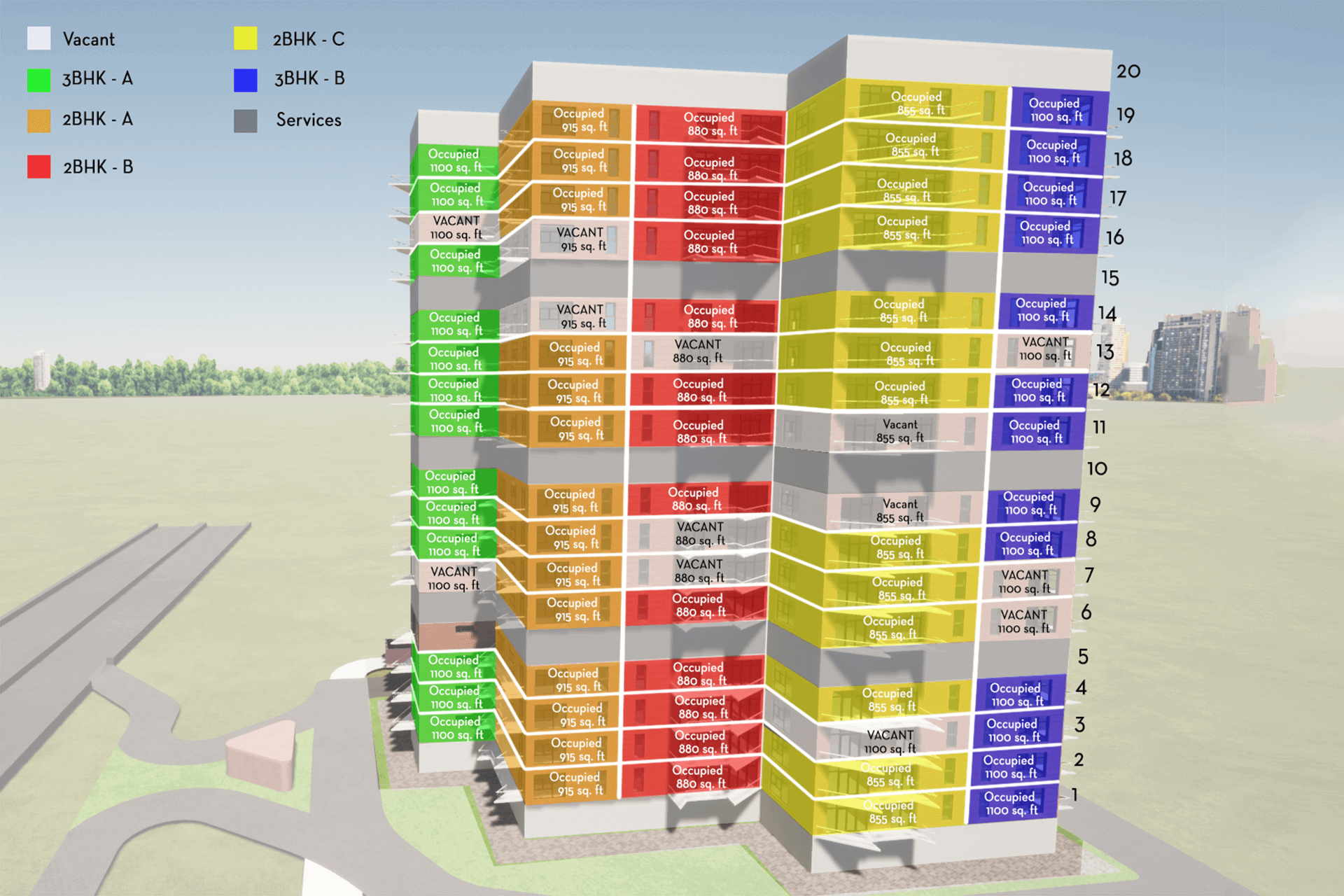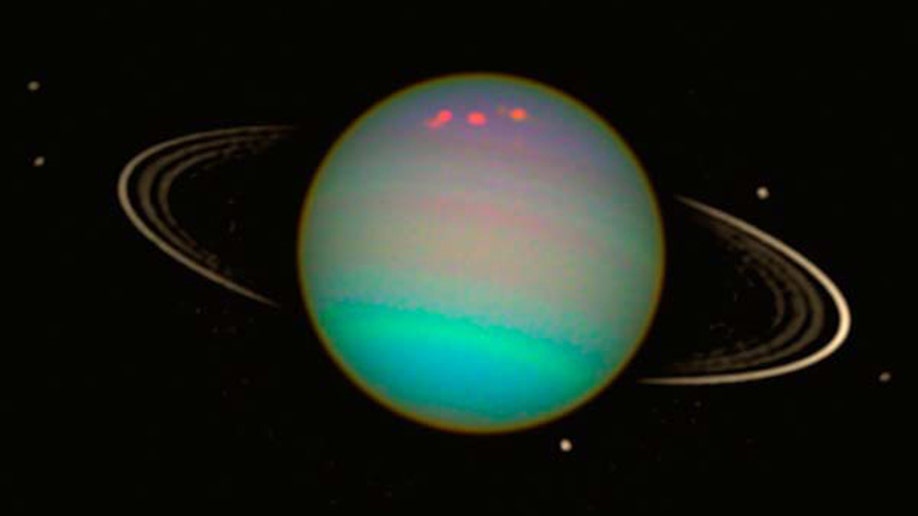

- REAL TIME TELESCOPE IMAGE STACKING SOFTWARE HOW TO
- REAL TIME TELESCOPE IMAGE STACKING SOFTWARE PC
- REAL TIME TELESCOPE IMAGE STACKING SOFTWARE DOWNLOAD

How do I stop dew (moisture) forming on the OUTSIDE of my TEC camera optical window?.Is there a quick start guide for my camera?.
REAL TIME TELESCOPE IMAGE STACKING SOFTWARE DOWNLOAD
Interrupted frames subs download during imaging session?.
REAL TIME TELESCOPE IMAGE STACKING SOFTWARE PC
If your PC gives slow performance, you can also try stacking less frames (say 5 instead of 10) to improve stability. This will allow time for your computer to stack the frames. Performance: For best performance, try setting “Frame rate” at the slowest setting in the Frame Rate menu. You can enable Real-time Dark Frame Subtraction to eliminate them.

You need to switch off Looping before making changes.ĭarkframe subtraction and stacking: Sometimes stacking can show up “warm” or “hot” pixels, because it intensifies image brightness just like a really long exposure. Controls like gain, colour balance and exposure cannot be used when in Trigger Mode. Once the camera is looping, select “Enable” in the stacking menu. To stack exposures longer than 5 seconds, enable Trigger mode and select the exposure and gain, then click “Loop”. Long exposure stacking: Stacking works in Trigger Mode (long exposures) and Video Mode (up to 5secs exposures. A small change in exposure time can make a big change in the stacked image so make changes incrementally. Each time you make changes it will take a little time to show the effects in the stacked image. Using camera controls whilst stacking: You can adjust the exposure, gain, colour balance, and other controls to get the best image whilst stacking is running in Video Mode only (not Trigger mode). Status should display “OK” when stacking is working correctly.Output gives the number of stacked frames being displayed (for example, 5 frames, composed of 10 stacked frames each being displayed).This number will increase to the number of frames you have chosen to stack. Input gives the number of frames incoming from which the stack is composed.Average mode takes an average of the pixels on each frame to reduce noise (grainy appearance) in the image.This is the most commonly used mode because it enhances faint deepsky objects against the background sky. As more frames are added to make up the stacked image, you will notice an increase in brightness. Additive mode adds the brightness values of corresponding pixels over all the stacked frames.Mode lets you choose how stacked images are combined into a stacked image. Deepsky aligns frames by detecting stars (similar to the digital image stabilization in a video camera).Planet aligns frames by detecting large objects like planets.(More frames may be too much for older computers to handle).Īlign Frames is recommended if your telescope mount isn’t tracking very accurately, or suffers from field-rotation. Start with the default of 10 frames to stack. It can also be used for imaging in near total darkness.įirstly, focus and frame the object you want to observe in Video or Trigger mode. Live stacking in AltairCapture is used to enhance your views of deepsky objects or solar system objects but combining several exposures in real-time to form a brighter image with lower noise (less grainy appearance).


 0 kommentar(er)
0 kommentar(er)
